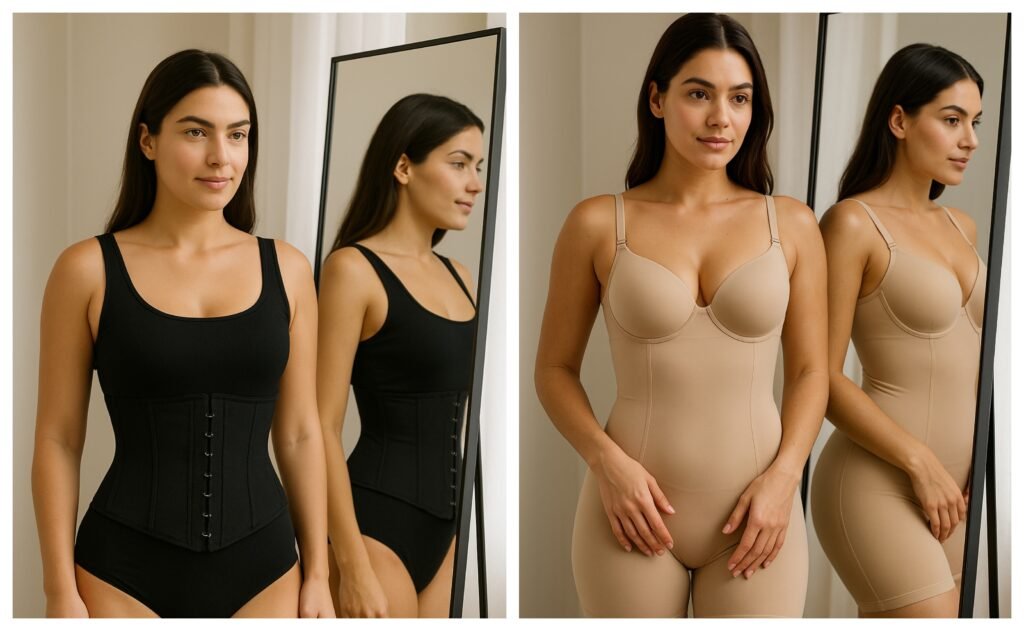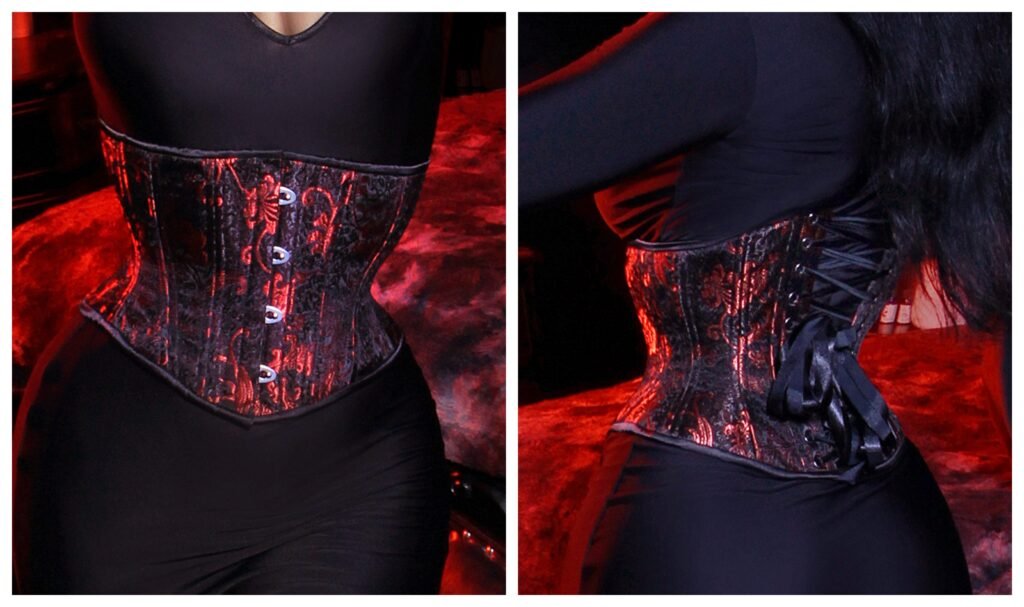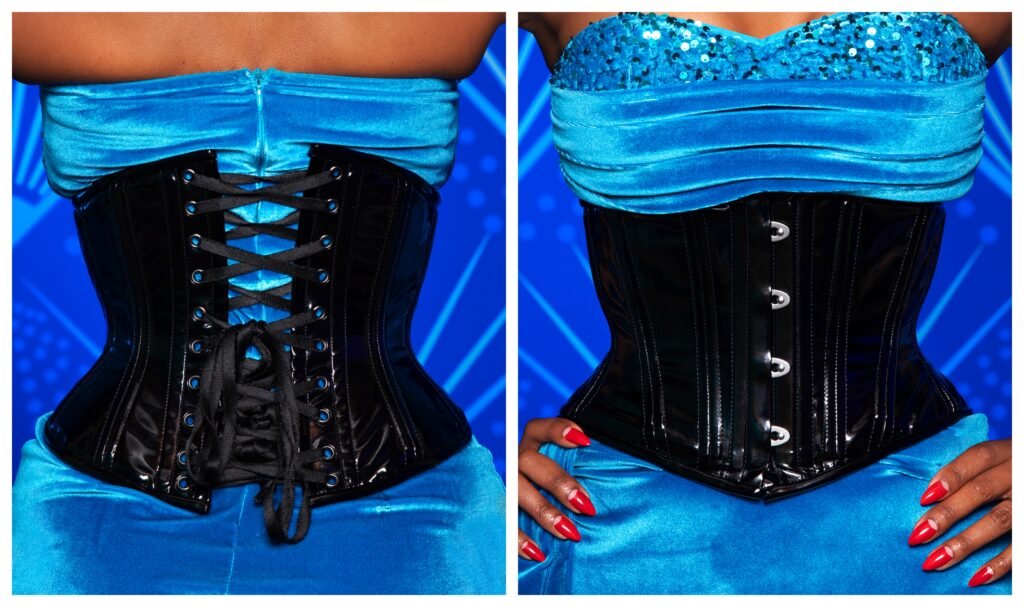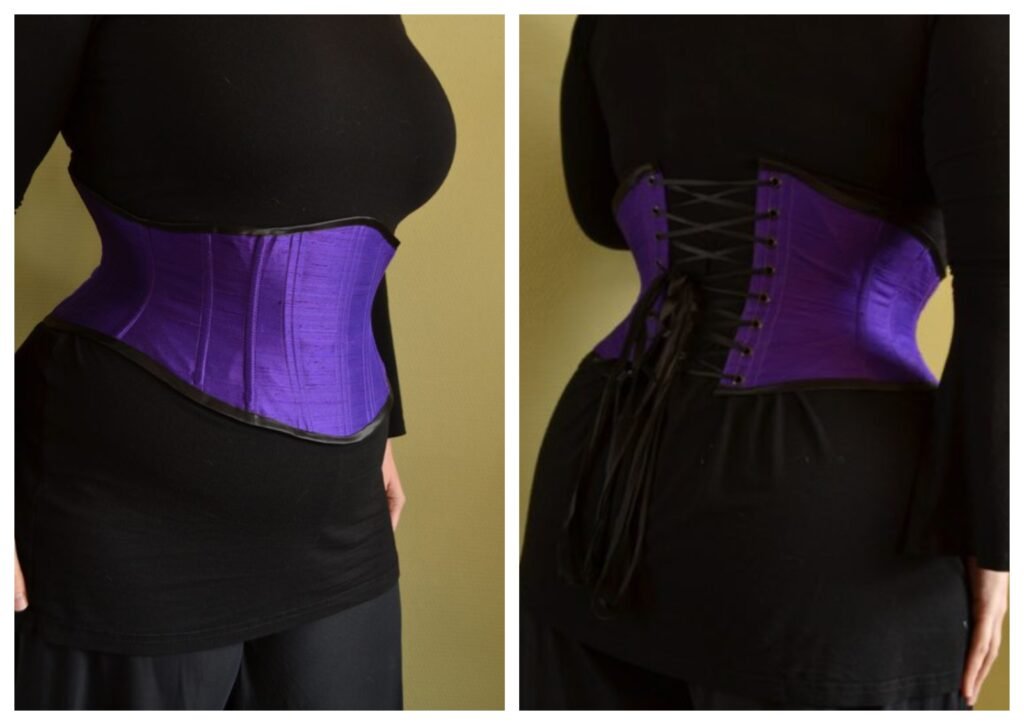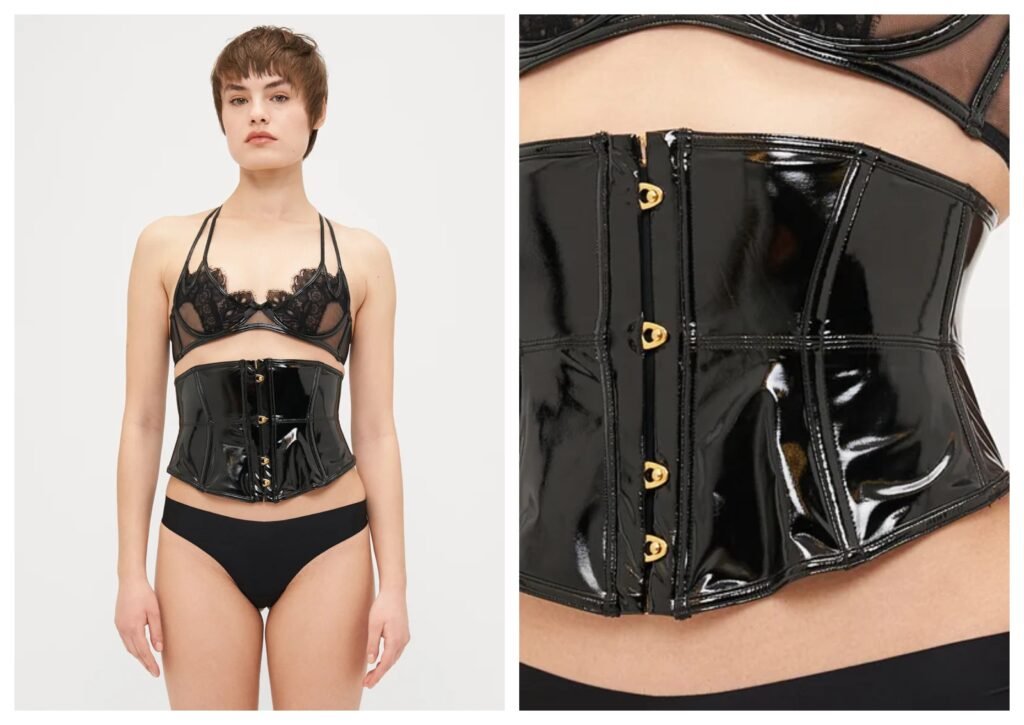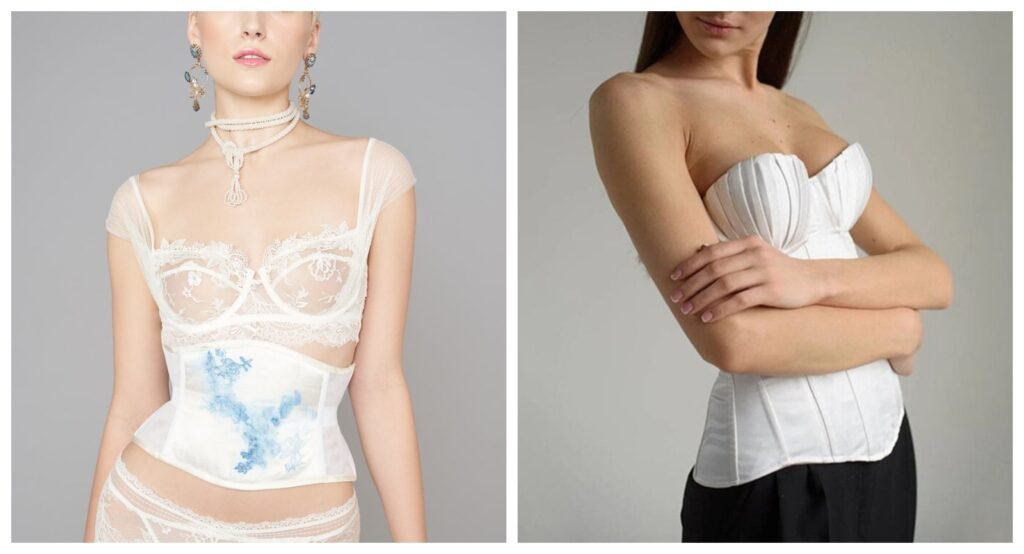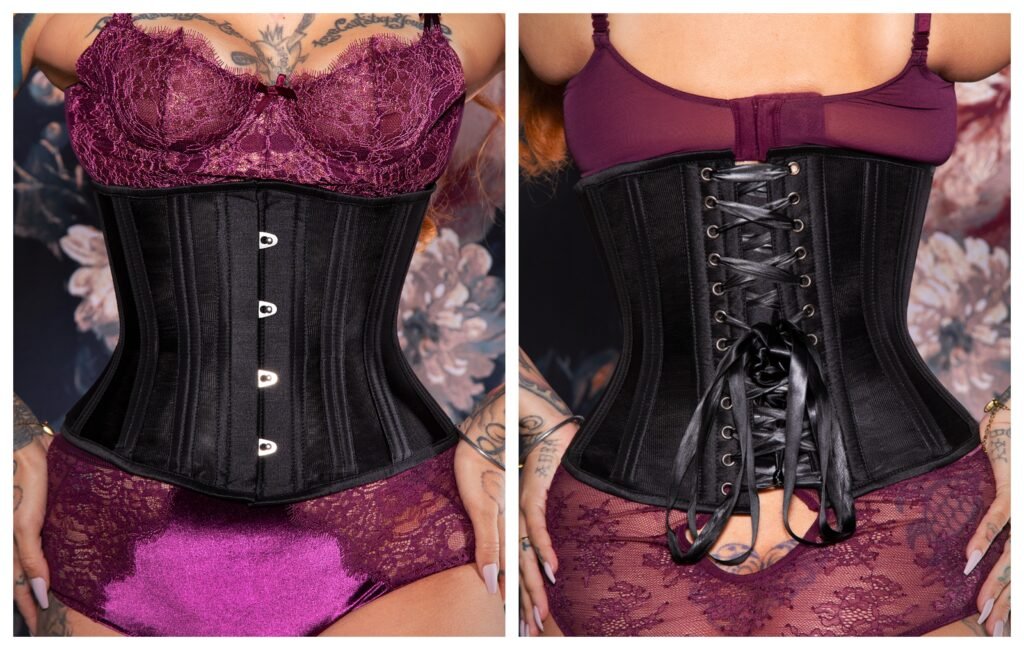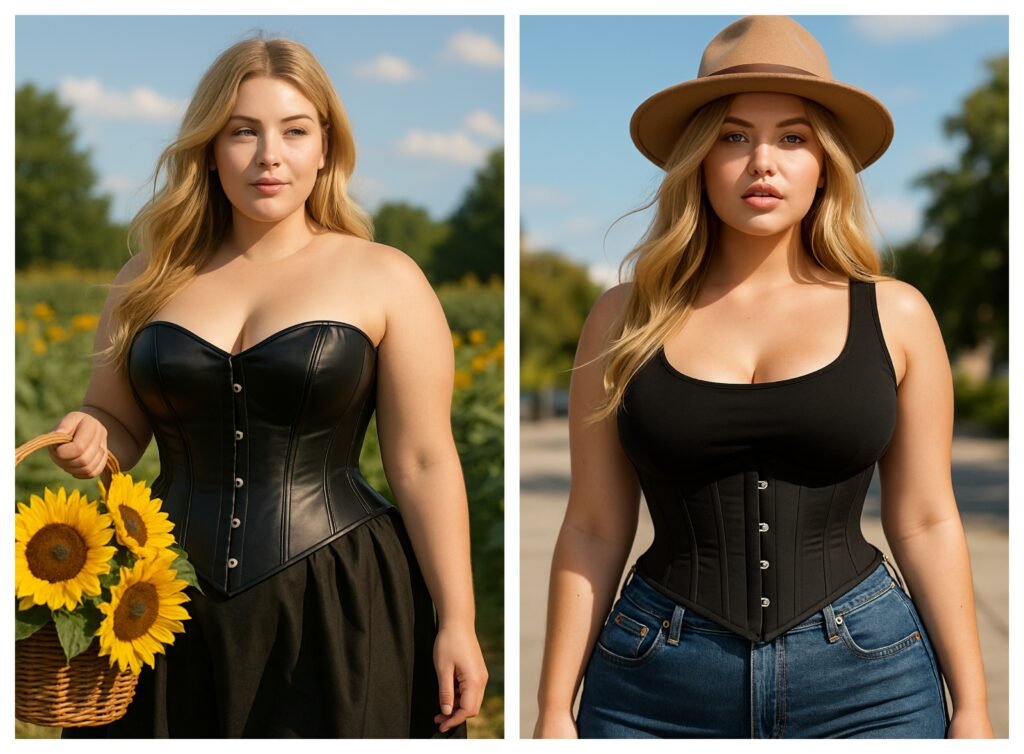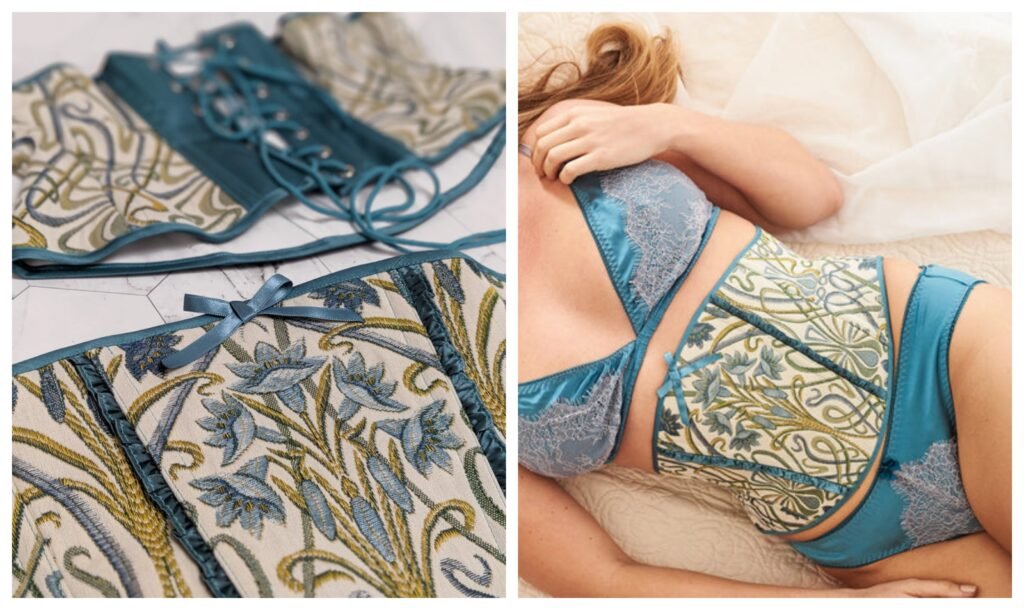How to Lace a Waspie Corset & Train Your Waist the Right Way
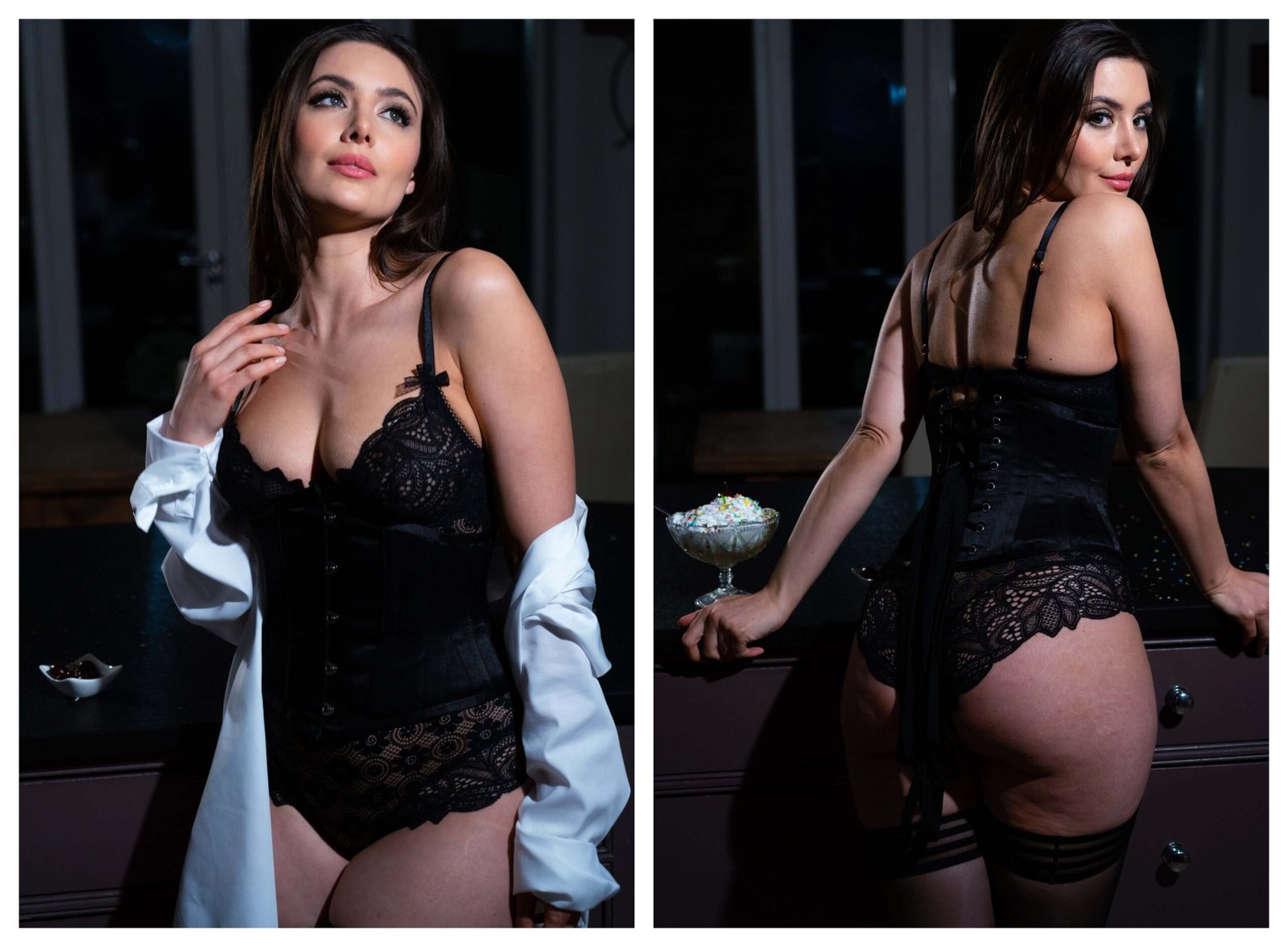
There’s something timeless and bold about the look of a tightly laced corset. Whether it’s for fashion, posture, or achieving an hourglass figure, the waspie corset has earned its place in the spotlight. It’s smaller, snappier, and surprisingly powerful when it comes to shaping your midsection. But before diving into waist training dreams, it’s essential to understand a few things: how to lace your waist corset, whether it actually reduces waist size permanently, and how it compares to a waist cincher. Let’s walk through each step like we’re besties figuring this out together.
First Things First: What Exactly Is a Waspie Corset?
A waspie corset is basically the cropped cousin of the traditional full-length corset. It wraps tightly around your waist, leaving out the bust and hips, and focuses purely on cinching your midsection. Think of it like a high-powered belt—but instead of just looking stylish, it actively reshapes your silhouette while giving off major vintage vibes.
Most waspies are steel-boned and lace-up, making them a popular choice for those getting serious about waist training. They’re snug, structured, and can be worn under clothes or styled over outfits for a bold, cinched look.
How to Lace a Waspie Corset (Without the Headache)
Lacing your corset waspie for the first time can feel like solving a puzzle you weren’t prepared for. But trust me, once you do it a couple of times, it becomes second nature.
Here’s a beginner-friendly way to lace up a waspie corset without stressing over it:
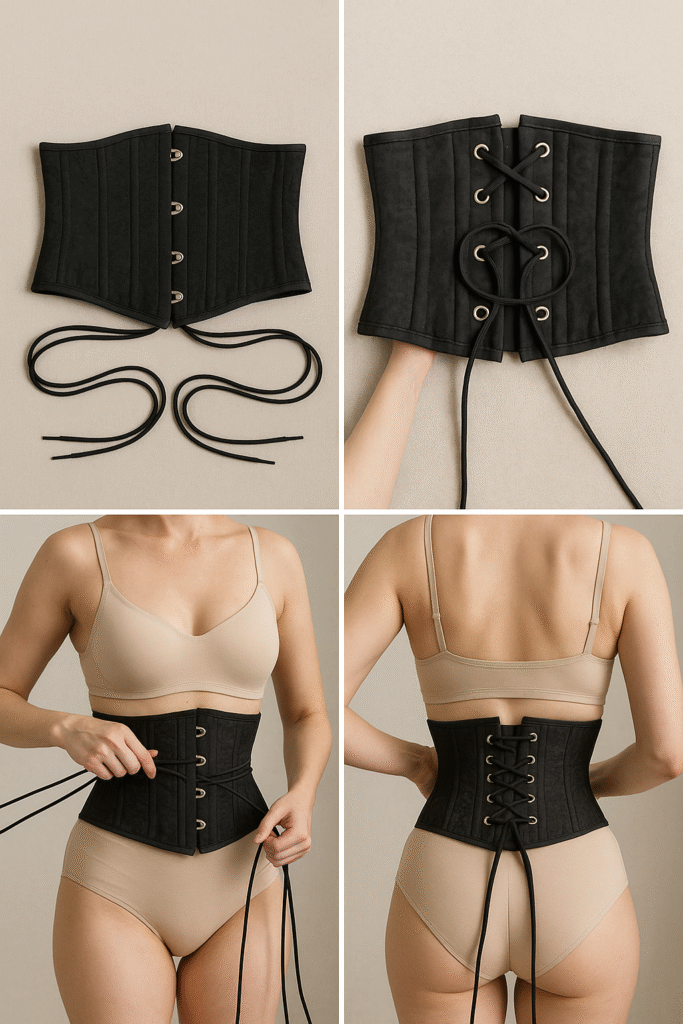
- Lay It Flat
Place the corset on a flat surface, lining side facing up. This helps you see where the center back is and gets you familiar with the structure. - Find the Pull Loops
Most corsets have laces that meet at the middle of your back. These loops are what you’ll pull to tighten everything evenly later on. - Start Crisscrossing
If you’re re-lacing from scratch, begin from the top and crisscross your laces through each eyelet, working your way down to the middle. Then, start from the bottom and lace upward to meet in the center. - Leave Those Middle Loops Free
You want a set of loose loops right around your waist—this is where the magic tightening happens. - Put It On Gently
Wrap the corset around your body and begin tightening gradually from the top and bottom toward the center pull loops. - Tighten Evenly, Not All at Once
Gently pull on the loops to tighten the corset until it feels snug, not suffocating. It should support you, not crush you. - Tie a Bow at the Back
Once it’s tight and secure, tie the loops into a neat bow or knot. Tuck in any extra lace for a cleaner look.
And boom—you’re laced in like a pro.
Can a Waspie Corset Actually Shrink Your Waist Size Permanently?
Here’s the part that needs some real talk. We’ve all seen those before-and-after photos and heard the promises that a corset will magically melt inches off your waist. But the truth is… not exactly.
A waspie corset—including a waist corset—can create the illusion of a smaller waist instantly, and if worn regularly, it can help mold your figure slightly over time. But this isn’t a permanent fix. Your body will return to its natural shape without continued wear, especially if you’re not pairing it with healthy habits like diet and core exercises.
So does it work? Yes—for temporary shaping and gradual changes.
Does it offer permanent results? Not without consistent lifestyle effort.
However, many women use waist training with a steel-boned waspie corset to support posture, control their waistline during weight loss, or simply feel more confident in their curves.
Waist Corset vs Waist Cincher: What’s the Real Difference?
This is a question that pops up all the time, especially if you’re trying to choose the best waist shaper for your goals.
A waist corset—especially a steel-boned waspie corset—is built for serious shaping. It’s usually made with sturdy fabric like satin or brocade and reinforced with metal bones to hold its shape. It laces up, molds your waist firmly, and gives you that dramatic hourglass silhouette.
On the other hand, a waist cincher is softer, often made of latex or spandex. It usually has hook-and-eye closures and is more elastic. It’s great for workouts, short-term wear, or light shaping under clothing—but it won’t deliver the same strong waist reduction as a corset.
So, what should you choose?
- Go with a waspie corset if you’re into classic styling, tight-lacing, and real waist training.
- Pick a waist cincher if you want flexibility, ease of movement, and something comfy for everyday errands or gym sessions.
They’re both useful in their own ways, but knowing the difference helps you use each one to its fullest.
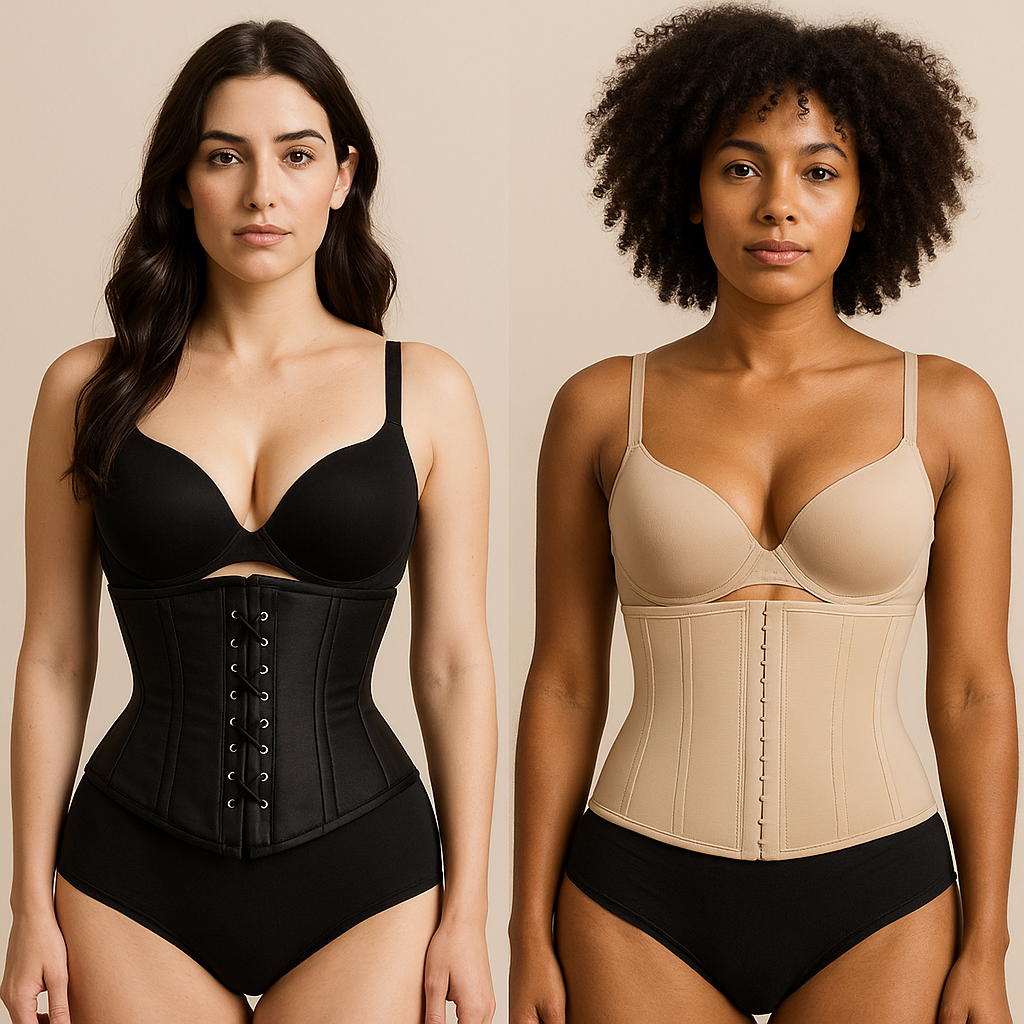
Why the Waspie Corset Stands Out
There’s a reason so many waist training lovers end up falling for the waspie. It’s compact yet powerful. Unlike longer corsets that might dig into your ribs or hips, the waspie focuses directly on your waist, giving you clean curves without discomfort. It fits snugly under clothes, doesn’t roll up like some cinchers do, and honestly—it just looks cute even when worn over a shirt or dress.
Plus, because of its shorter design, it’s easier to move in, especially for first-timers who feel nervous about trying a full corset right away.
Final Thoughts: Shaping Confidence, One Lace at a Time
Lacing a corset, especially a waspie corset, isn’t just about pulling strings—it’s about pulling yourself into something more powerful. Whether you’re waist training for a goal, dressing up for style, or just exploring a new kind of confidence, your corset journey is uniquely yours.
Just remember: no corset can replace self-love, but it can definitely highlight your curves in a way that makes you feel stronger, sexier, and a little more unstoppable.
So lace up slowly, wear it with pride, and let your waist corset journey be one of both transformation and celebration.


